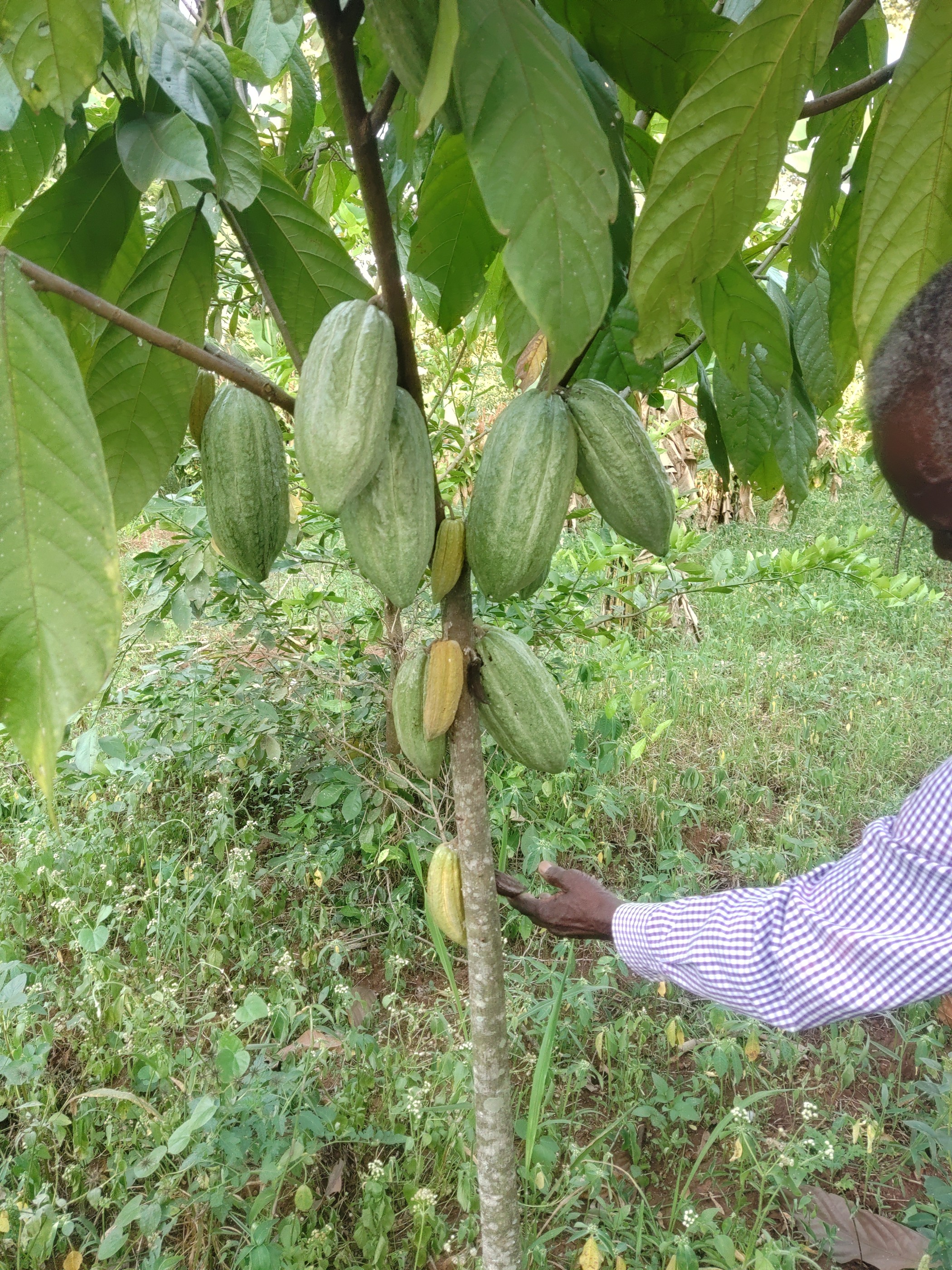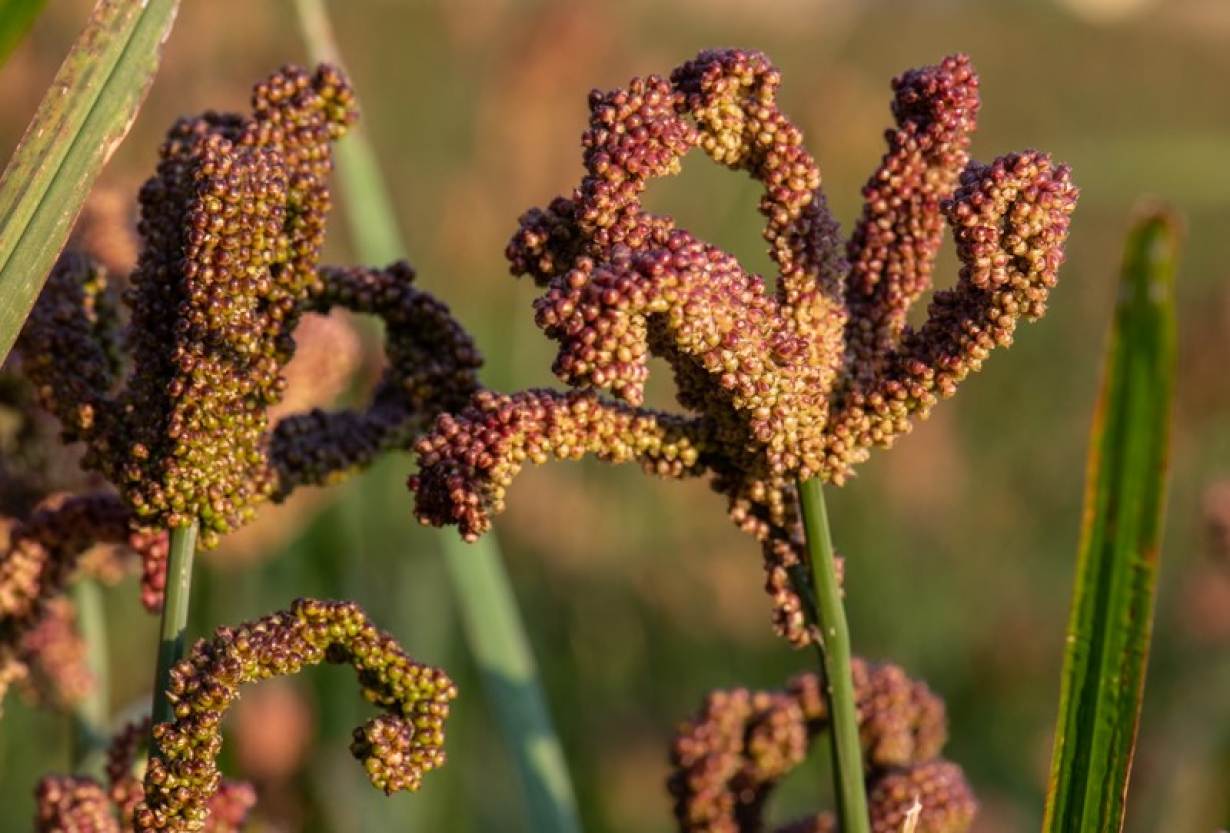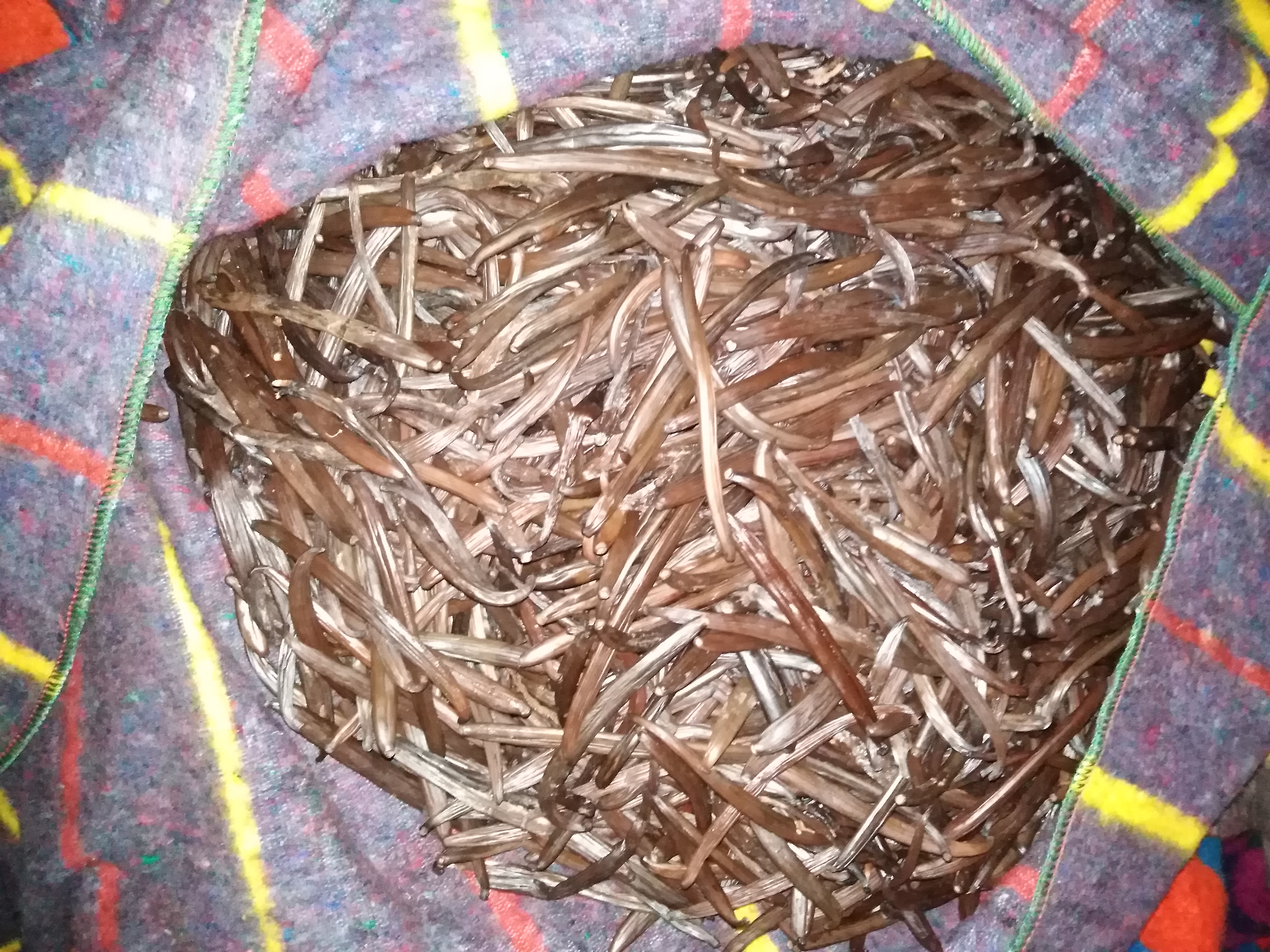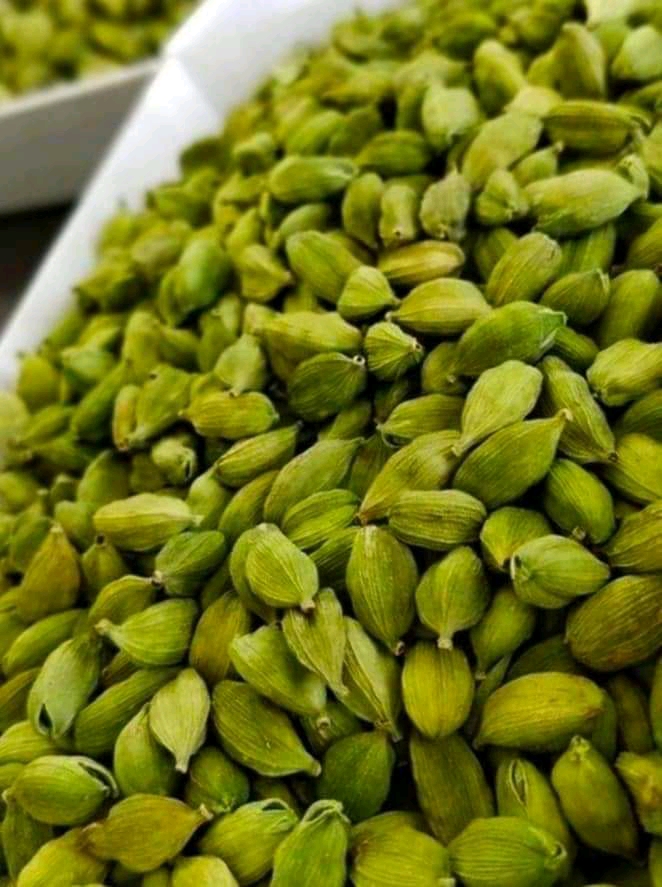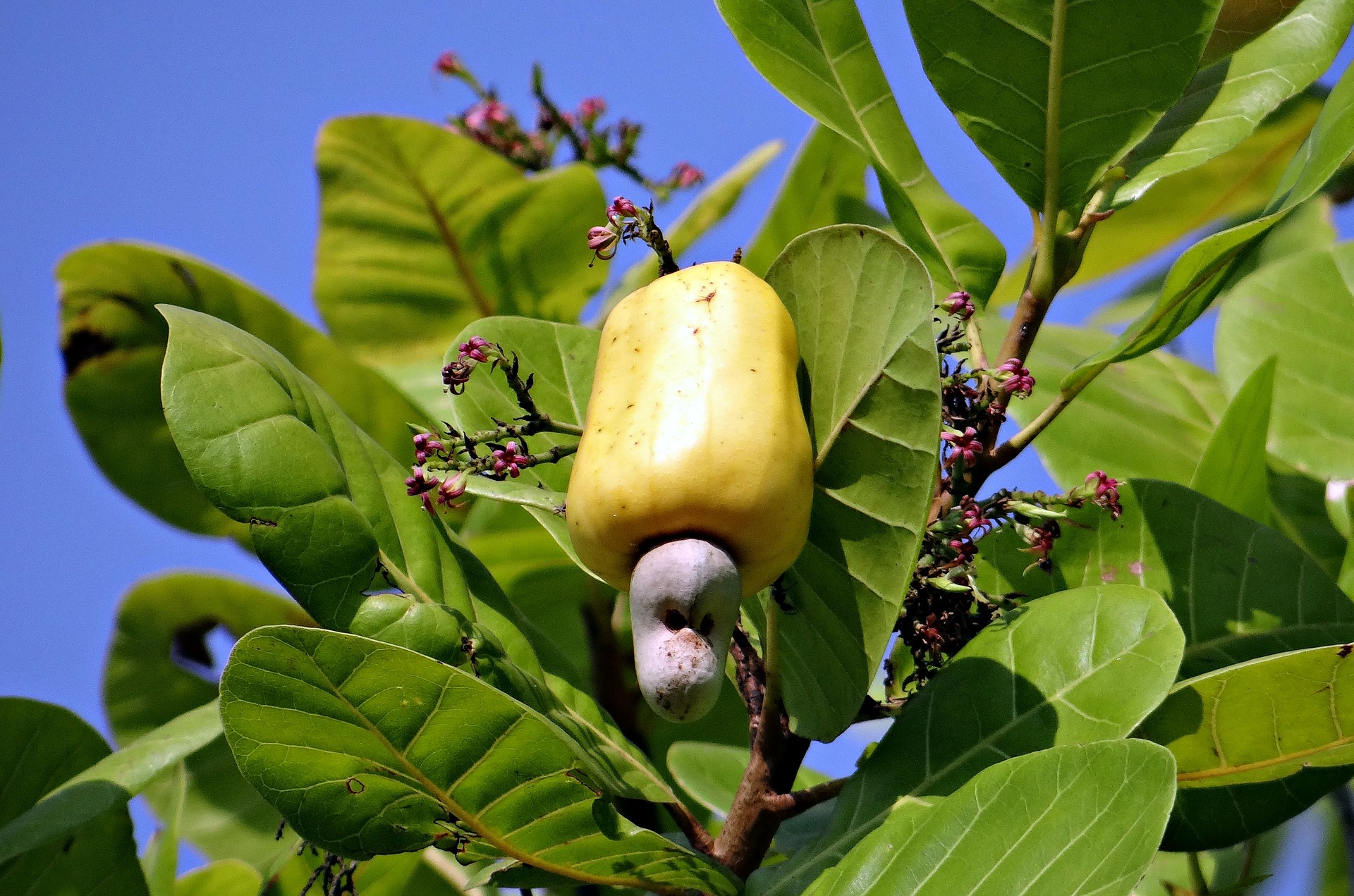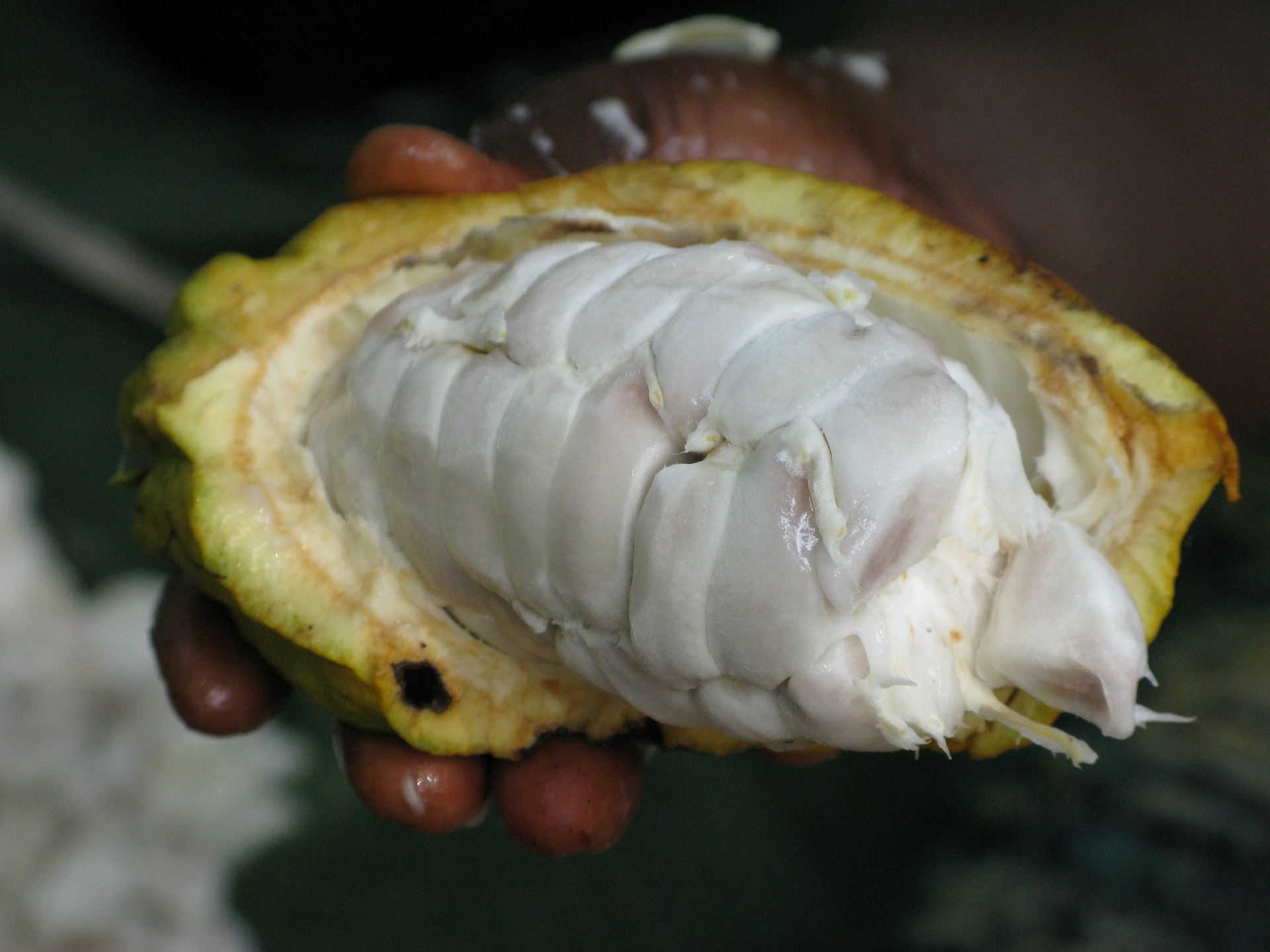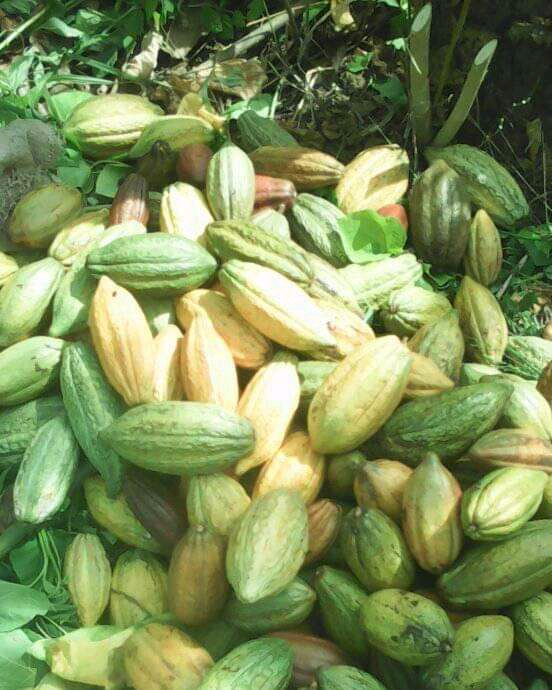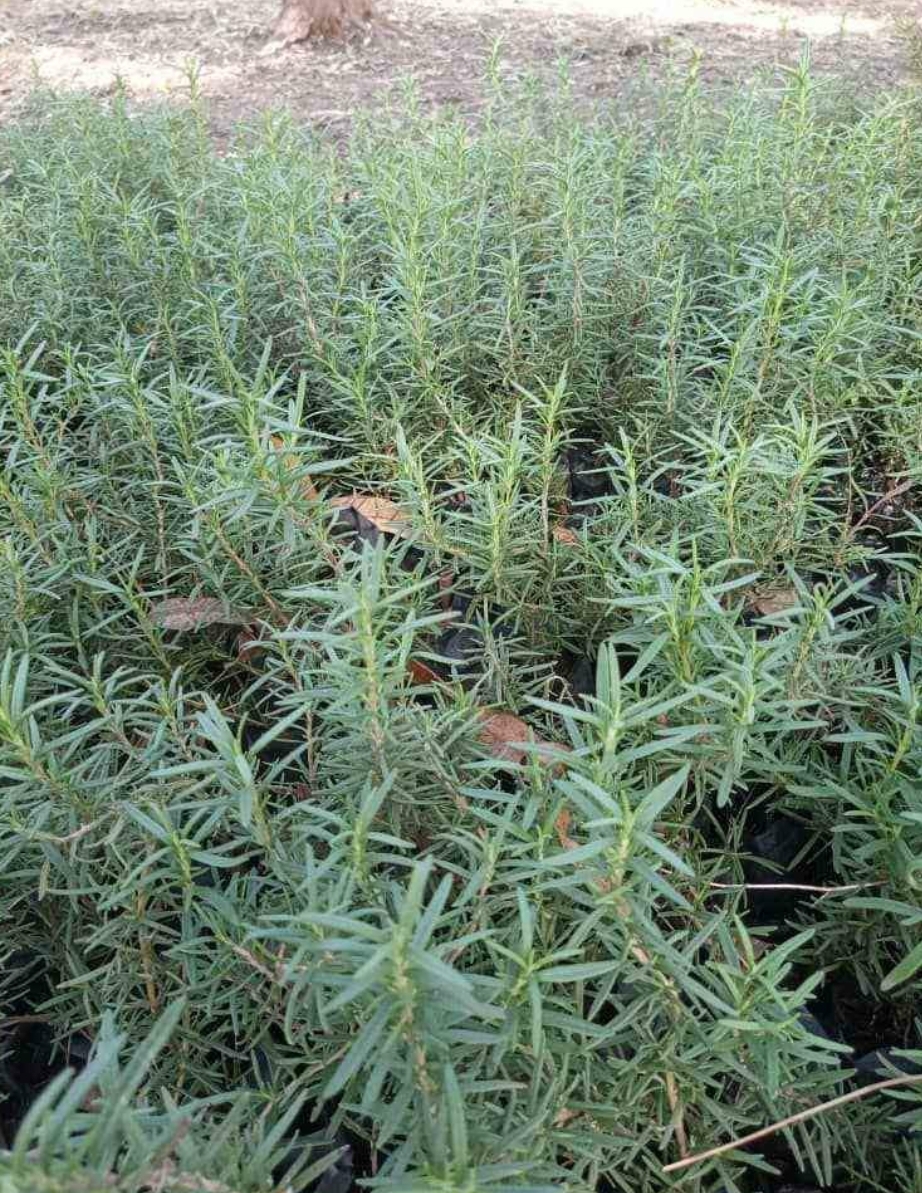How To Start A Cocoa Farming Business In Uganda
Cocoa farming is one of the most lucrative agricultural ventures in Uganda, offering farmers a steady income and contributing significantly to the country’s economy. With global demand for cocoa products on the rise, starting a cocoa farming business in Uganda can be a profitable and sustainable venture. This guide will walk you through the steps to start a successful cocoa farming business, from land preparation to harvesting and marketing.
Click here to buy, inquire about, or order for Cocoa from Uganda
Why Start A Cocoa Farming Business In Uganda?
Uganda’s tropical climate, fertile soils, and favorable rainfall patterns make it an ideal location for cocoa farming. The country is among the top cocoa-producing nations in Africa, with regions like Bundibugyo, Mukono, and Kibawo leading in production.
Cocoa farming also offers:
- High profitability: Cocoa beans are in high demand globally, with prices steadily increasing.
- Low maintenance: Once established, cocoa trees require minimal care compared to other crops.
- Government support: The Ugandan government and NGOs provide training, seedlings, and financing to cocoa farmers.
Step 1: Conduct Market Research
Before starting your cocoa farming business, it’s essential to understand the market dynamics.
- Global Demand: Cocoa is a key ingredient in chocolate, cosmetics, and pharmaceuticals, ensuring consistent demand.
- Local Buyers: Identify local buyers, cooperatives, or exporters who can purchase your cocoa beans.
- Competition: Research other cocoa farmers in your area to understand their practices and pricing.
Click here to buy, inquire about, or order for Cocoa from Uganda
Step 2: Choose the Right Location
Cocoa thrives in specific conditions, so selecting the right location is critical.
- Climate: Cocoa requires a warm, humid climate with temperatures between 21°C and 32°C.
- Rainfall: Annual rainfall of 1,500–2,000 mm is ideal for cocoa cultivation.
- Soil Type: Well-drained, loamy soils rich in organic matter are best for cocoa farming.
- Altitude: Cocoa grows well at altitudes of up to 1,000 meters above sea level.
Step 3: Acquire Land and Prepare It
Once you’ve identified a suitable location, the next step is to acquire and prepare the land.
- Land Size: Start with at least 1–2 acres if you’re a beginner. You can expand as you gain experience.
- Land Clearing: Clear the land of weeds, bushes, and trees. Ensure the soil is well-tilled.
- Shade Trees: Cocoa trees require shade, especially during the early stages. Plant shade trees like bananas or plantains before introducing cocoa seedlings.
Click here to buy, inquire about, or order for Cocoa from Uganda
Step 4: Source High-Quality Cocoa Seedlings
The success of your cocoa farming business depends on the quality of your seedlings.
- Certified Seedlings: Purchase certified cocoa seedlings from reputable nurseries or agricultural institutions.
- Varieties: Popular cocoa varieties in Uganda include Forastero, Criollo, and Trinitario.
- Spacing: Plant seedlings at a spacing of 3 meters by 3 meters to allow for proper growth.
Step 5: Planting and Early Care
Proper planting and early care are crucial for healthy cocoa trees.
- Planting Season: Plant during the rainy season to ensure adequate water supply.
- Planting Holes: Dig holes measuring 60 cm by 60 cm and fill them with organic manure.
- Watering: Water the seedlings regularly, especially during dry spells.
- Mulching: Apply mulch around the base of the trees to retain soil moisture and suppress weeds.
Click here to buy, inquire about, or order for Cocoa from Uganda
Step 6: Maintenance and Pest Control
Cocoa trees require regular maintenance to ensure optimal growth and yield.
- Pruning: Prune the trees to remove dead branches and improve air circulation.
- Fertilization: Apply organic or inorganic fertilizers to replenish soil nutrients.
- Pest and Disease Control: Common cocoa pests include capsids and mirids, while diseases like black pod and swollen shoot can affect yield. Use approved pesticides and fungicides to manage these threats.
Step 7: Harvesting and Post-Harvest Handling
Cocoa trees start bearing fruit after 3–4 years. Proper harvesting and post-harvest handling are essential for high-quality beans.
- Harvesting: Harvest ripe cocoa pods (yellow or orange) using a sharp knife or machete.
- Fermentation: Remove the beans from the pods and ferment them for 5–7 days to develop flavor.
- Drying: Dry the fermented beans under the sun or using a dryer until they reach a moisture content of 7–8%.
- Storage: Store the dried beans in a cool, dry place to prevent mold growth.
Step 8: Marketing and Selling Your Cocoa Beans
Marketing is a critical aspect of your cocoa farming business. Here’s how to sell your cocoa beans profitably:
- Cooperatives: Join a cocoa farmers’ cooperative to access better prices and markets.
- Exporters: Partner with cocoa exporters who can buy your beans in bulk.
- Value Addition: Consider processing your cocoa beans into products like cocoa powder or butter for higher profits.
- Certifications: Obtain certifications like Fair Trade or Organic to attract premium buyers.
Click here to buy, inquire about, or order for Cocoa from Uganda
Step 9: Financial Planning and Funding
Starting a cocoa farming business requires initial capital. Here’s how to plan your finances:
- Startup Costs: Estimate costs for land, seedlings, labor, and equipment.
- Funding Options: Explore funding options like government grants, bank loans, or agricultural programs.
- Record-Keeping: Maintain detailed records of expenses and income to track profitability.
Step 10: Challenges and How to Overcome Them
Like any business, cocoa farming comes with challenges. Here’s how to address them:
- Pests and Diseases: Regular monitoring and timely intervention can prevent crop loss.
- Climate Change: Adopt climate-smart farming practices like mulching and irrigation.
- Market Fluctuations: Diversify your income by adding value to your cocoa beans.
Conclusion
Starting a cocoa farming business in Uganda is a rewarding venture with immense potential for growth and profitability. By following the steps outlined in this guide, you can establish a successful cocoa farm and contribute to Uganda’s thriving agricultural sector. Remember, success in cocoa farming requires patience, dedication, and continuous learning.
FAQs About Cocoa Farming in Uganda
1. How much does it cost to start a cocoa farm in Uganda?
The cost depends on factors like land size and location, but you can start with as little as 1,000–2,000 for a small-scale farm.
2. How long does it take for cocoa trees to mature?
Cocoa trees start bearing fruit after 3–4 years and reach full production in 5–6 years.
3. What is the lifespan of a cocoa tree?
Cocoa trees can produce fruit for up to 25–30 years with proper care.
4. Where can I sell my cocoa beans in Uganda?
You can sell to local buyers, cooperatives, or exporters like Uganda Cocoa Association or Kakira Sugar Works.
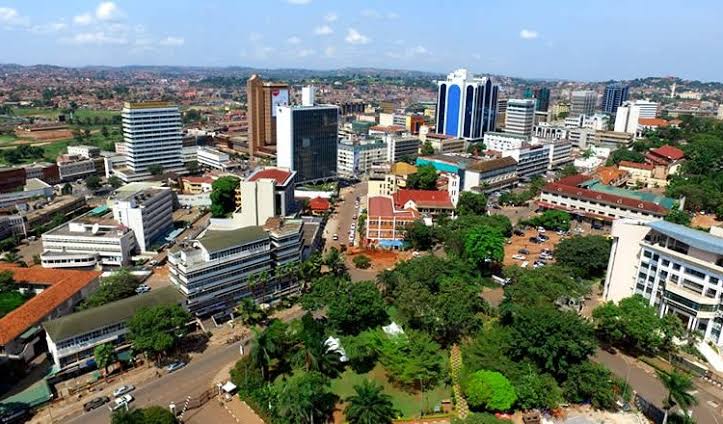 Aerial View Of Kampala City
Aerial View Of Kampala City Buy A 140K Grader In Uganda
Buy A 140K Grader In UgandaFor inquiries or Orders:
Contact Us On:-
E-mail: Info@flawlessconsultsug.org
Or
Call/Whatsapp Us on: +256-772 238575
